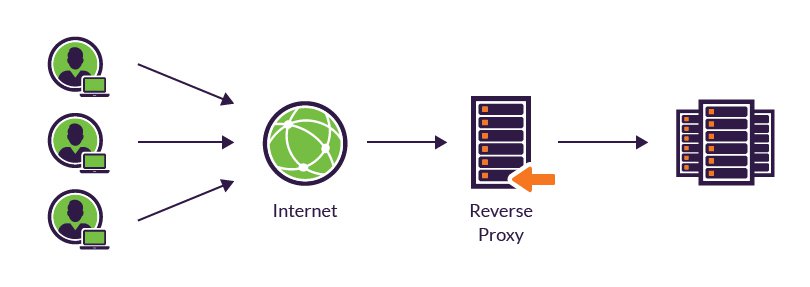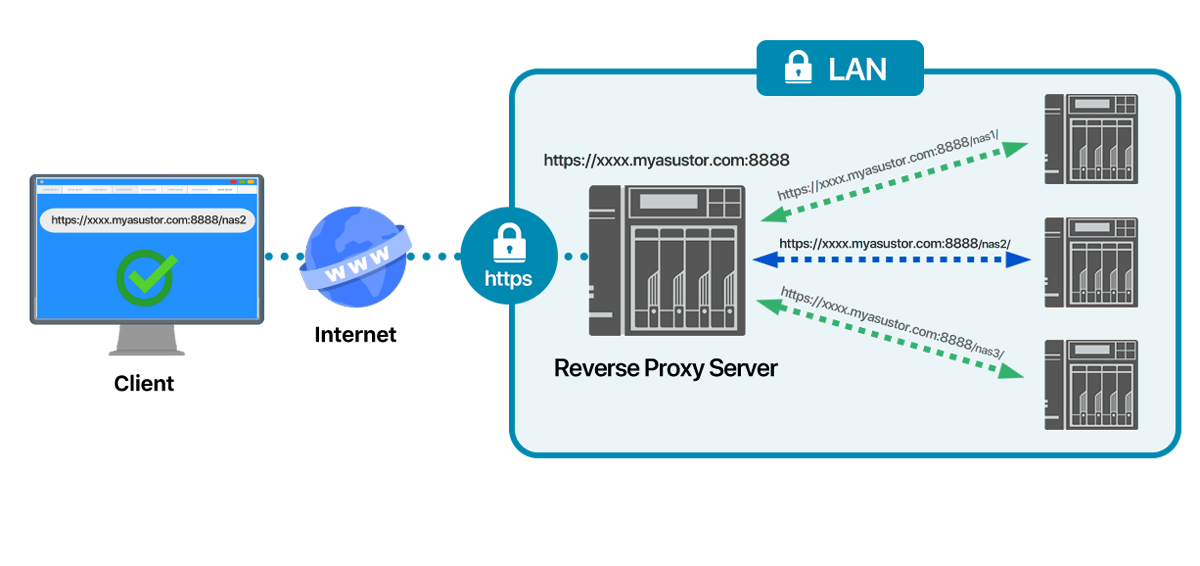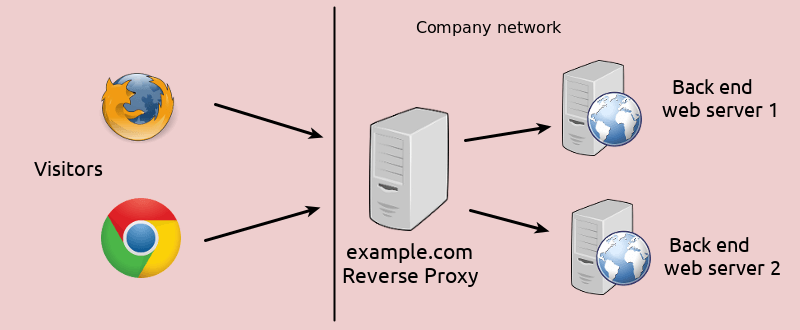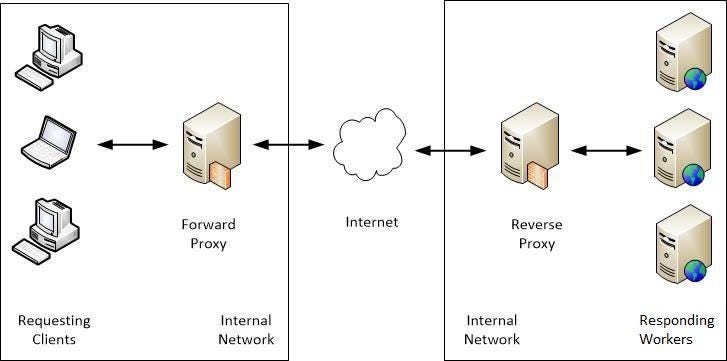- Forward proxy
A forward proxy is the most common form of a proxy server and is generally used to pass requests from an isolated, private network to the Internet through a firewall. Using a forward proxy, requests from an isolated network, or intranet, can be rejected or allowed to pass through a firewall.
A forward proxy server will first check to make sure a request is valid. If a request is not valid, or not allowed (blocked by the proxy), it will reject the request resulting in the client receiving an error or a redirect. If a request is valid, a forward proxy may check if the requested information is cached. If it is, the forward proxy serves the cached information. If it is not, the request is sent through a firewall to an actual content server which serves the information to the forward proxy. The proxy, in turn, relays this information to the client and may also cache it, for future requests.
Reverse proxy
A reverse proxy is another common form of a proxy server and is generally used to pass requests from the Internet, through a firewall to isolated, private networks. It is used to prevent Internet clients from having direct, unmonitored access to sensitive data residing on content servers on an isolated network, or intranet
If caching is enabled, a reverse proxy can also lessen network traffic by serving cached information rather than passing all requests to actual content servers.
Reverse proxy servers may also balance workload by spreading requests across a number of content servers.
One advantage of using a reverse proxy is that Internet clients do not know their requests are being sent to and handled by a reverse proxy server.
The above image shows a reverse proxy configuration. An Internet client initiates a request to Server A (Proxy Server) which, unknown to the client, is actually a reverse proxy server. The request is allowed to pass through the firewall and is valid but is not cached on Server A. The reverse proxy (Server A) requests the information from Server B (Content Server), which has the information the Internet client is requesting. The information is served to the reverse proxy, where it is cached, and relayed through the firewall to the client. Future requests for the same information will be fulfilled by the cache, lessening network traffic and load on the content server (proxy caching is optional and not necessary for proxy to function on your HTTP Server). In this example, all information originates from one content server (Server B).
Proxy chaining
A proxy chain uses two or more proxy servers to assist in server and protocol performance and network security. Proxy chaining is not a type of proxy, but a use of reverse and forward proxy servers across multiple networks. In addition to the benefits to security and performance, proxy chaining allows requests from different protocols to be fulfilled in cases where, without chaining, such requests would not be possible or permitted.
For example, a request using HTTP is sent to a server that can only handle FTP requests. In order for the request to be processed, it must pass through a server that can handle both protocols. This can be accomplished by making use of proxy chaining which allows the request to be passed from a server that is not able to fulfill such a request (perhaps due to security or networking issues, or its own limited capabilities) to a server that can fulfill such a request.
https://www.ibm.com/docs/en/i/7.2?topic=concepts-proxy-server-types





No comments:
Post a Comment